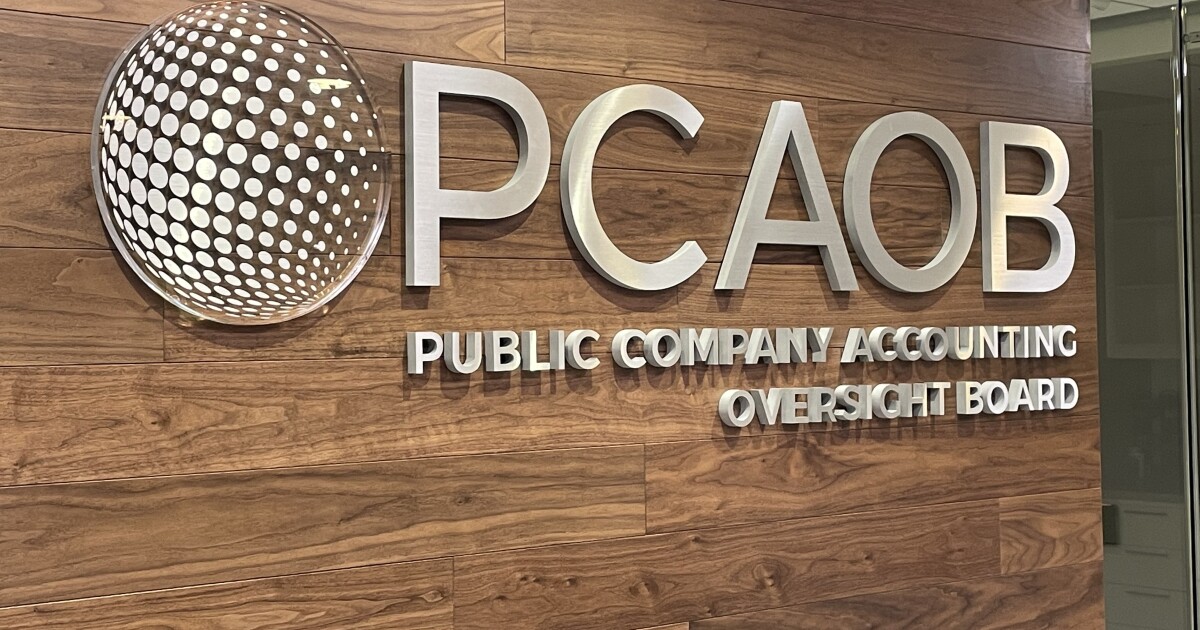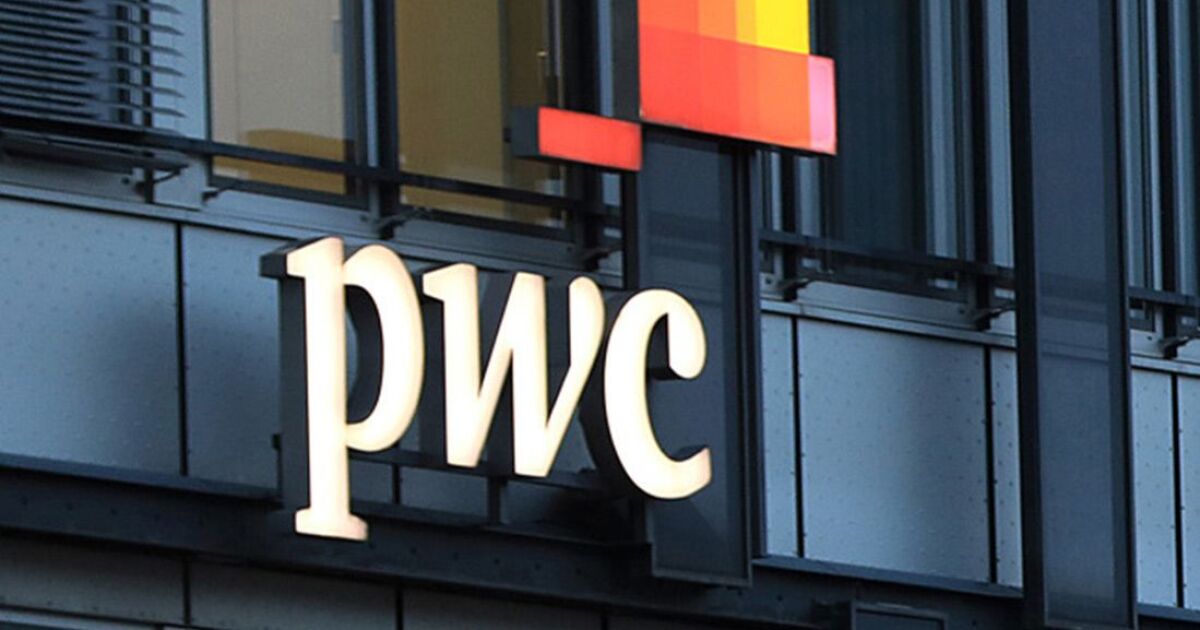If you want to sell your business and you’re in the construction industry, the purchase price of your business may be based on a multiplier. In construction, it’s .54 of your revenues or 2.44 of your cash flow.
What this means (assuming you believe the numbers) is that if your business had average revenues of, say, $5 million over the past few years, you would be able to sell it for $2.7 million. Or, if your business generated cash flow back to its owners of $1.1 million, you could sell it for about $2.7 million.
Want more data like this? Then I suggest you check out the excellent M&A website BizBuySell which provides a very detailed lookback at these multipliers across different industries and sectors based on actual historical sales data, and if you’re planning on selling your business — or advising your clients who want to sell their business — it’s very interesting. You’ll learn a lot.
For example, the industry that has the lowest multiplier of revenues for purposes of calculating fair market value is food and restaurants (.41) while financial services has one of the highest (1.12). Car washes (a sector that’s part of the automotive industry) sell at 1.73 of revenues while grocery stores only sell at .34. Accounting firms have sold at 1.0 of their revenues, while insurance agencies lead the pack of all sectors at 1.54 (nursing homes and software companies aren’t far behind).
Selling a business based on a multiplier of revenue or cash flow (or profit) is very common. But is it the best way to value a business? The answer — like all complicated questions — is it depends. For the most part, in my opinion: It’s not great.
People that run businesses that have a regular, consistent, continuing and reliable stream like the multiplier strategy because it values them more. For example, insurance agencies and accounting firms have higher multipliers than grocery stores because their clients are oftentimes under longer-term contracts and historically do not switch their financial advisors very frequently. So if an accounting firm has $2 million of revenue on average over the past few years, and the aim is to continue to operate the firm as before, then — assuming some attrition — it’s a good bet that this revenue stream can continue for at least a period of time.
The sales/cash flow/profit multiplier method is usually used when a business doesn’t have many hard assets to offer but can prove a reliable future revenue stream. Supporters of this methodology, while admitting that nothing in life is guaranteed, believe that if a business owner or investor is looking to buy or sell a company that has a contracted (and profitable) revenue stream going forward a few years, then the multiplier method makes sense.
But does it?
Take that corner grocery store. As mentioned above, its multiplier is only .34 of revenues, which is far below other firms. The rationale behind this is that grocery stores not only have lower margins but are facing competition that can easily draw their customers away, as (obviously) no one’s under contract to shop there. And yet my local grocery store has been around for decades, is well managed, clean and sees a constant stream of regular customers who prefer to shop there than the supermarket a mile away. Who’s to say that a business like this can’t justify to a buyer a higher multiplier of revenues or cash flow based on these factors? Perhaps they could. Many other low-multiplier businesses — hair salons, plumbers, bakeries — could make a similar case if they were also well managed and geographically well situated. Which is why using this methodology, at least to me, is extremely flawed.
Multipliers are just a number that’s been arrived at based on previous sales and profits that occurred in an industry or sector. Smart buyers and sellers don’t just take a multiplier at face value, apply it to a target company and arrive at a purchase price that way. That doesn’t make sense. They don’t look to the past and they don’t assume what’s applied to other businesses — even in a similar sector — will apply to this business. What makes sense is to do what smart investors historically have done when making an investment: Calculate return on investment.
Smart investors evaluate a target firm’s revenue, profits, employees, locations, intellectual properties, assets and many other factors. They know that the past doesn’t equal the future. They make a bet by considering what future profits they will make based on a purchase price and the application of other resources, and then they figure out their ROI based on these investments. If, by taking these risks and evaluating the future rewards, it makes sense, then it makes sense.
For example, who’s to say my accounting firm is worth 1.0 times average revenues to an investor? Maybe my client base is older. Or perhaps it’s made up of just a few big companies or individuals. I could be using very old technology or my data may be a mess. Then again, maybe I specialize in serving an industry that’s poised for growth and with a little marketing my firm can be a much bigger player. Or I could be overstaffed with people who will likely be replaced with automation. These are but a few factors that would need to be considered, and once you start digging into these dynamics, the multiplier method — which is based on past data — becomes less and less relevant.
Using the multiplier method may be nice for a benchmark or sanity check, but it should never be the primary way to value a business. The price paid for any business must be based on the investment’s future ROI, not past performance.
See the rest of The Succession Advisor series.




